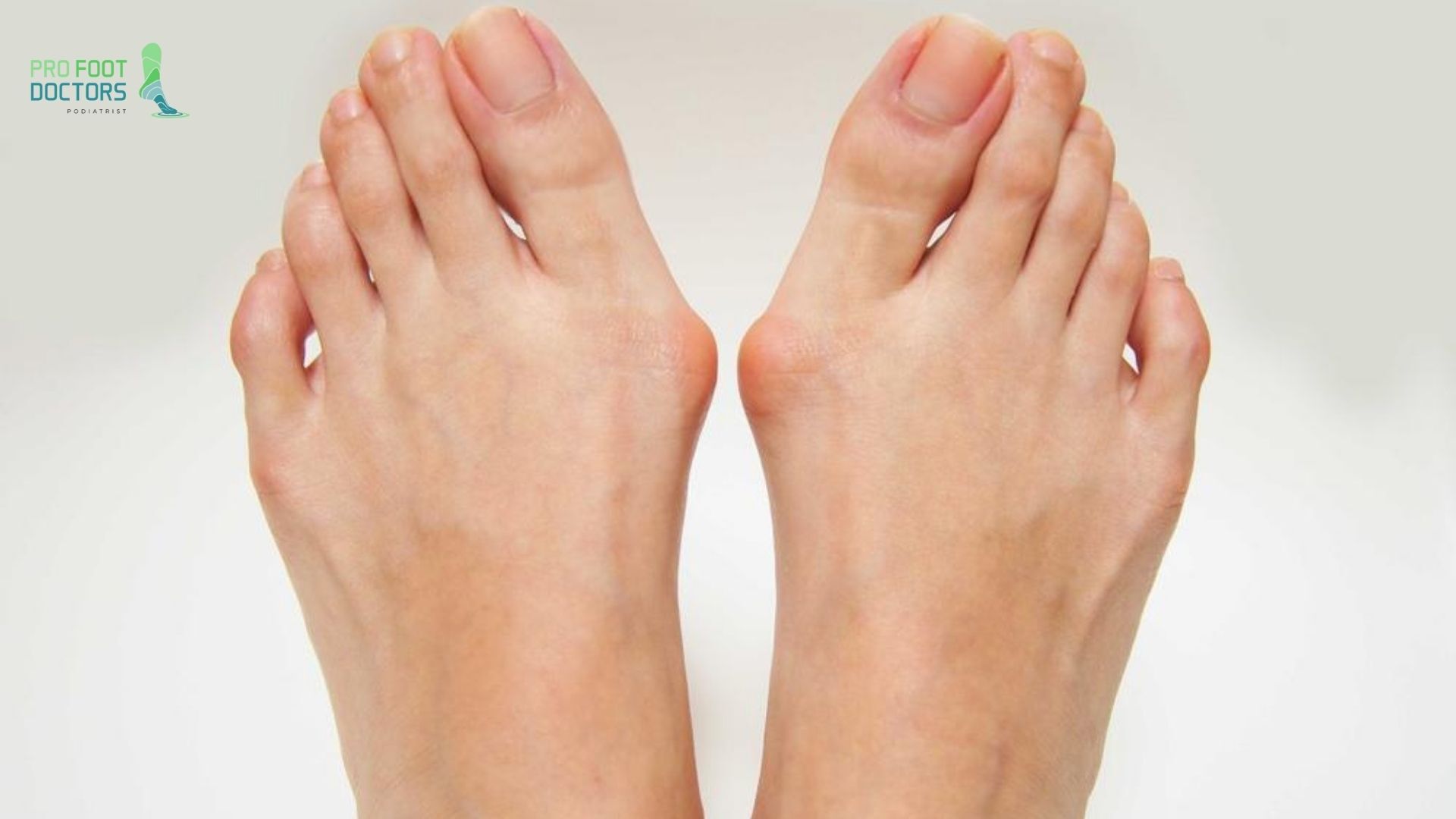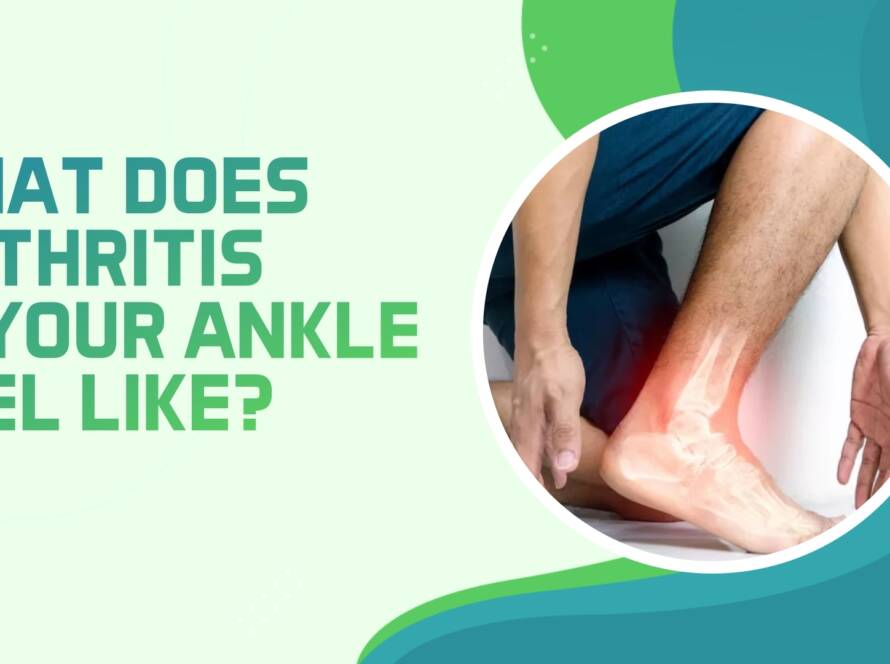Bunions refer to the bony protrusions that develop at the base of the big toe and which result in pain, discomfort, and toe deformities. As for preventing the surgery, there are many individuals in the United States of America who look for non-surgical ways how to get rid of the bunion.
Toe spacers are one of the more commonly used conservative treatments for bunion deformity, but do toe spacers for bunion treatment work?
In this article, we aim to use research findings, opinions from experts, and relevant statistics to determine if toe spacers can be a viable solution for bunions.
What Are Bunions?
Bunions arise when pressure is placed on the foot, causing the big toe to force its way at the other toes, thus forcing a misshaping at the joint of the toe. This over time forms what looks like a small and swollen knot, which could be painful and inflamed.
Several factors can contribute to the development of bunions, including:
- Genetics
- Ill-fitting shoes
- Arthritis
- High-heeled footwear
- Foot injuries

What Are Toe Spacers?
Toe spacers are applicators that are inserted between the toes to help in the spacing of the toes. Soft silicone, gel, or foam in nature, these spacers are designed to help correct the position of the toes by ensuring that the toes do not press against each other. They can be worn during work or any other activity that one might embark on or even at night while sleeping.

The primary advantage of foot spacers is that they bring pressure off toes, especially in individuals with a bunion. The purpose of the surgery is to make adjustments to the biomechanics of the great toe and prevent it from shifting towards other toes. However, the benefits of these devices remain questionable as concerns the effectiveness of their correction of the bunion deformity.
According to a study by the NIH, toe spacers are also applied among conservative approaches to bunion treatment. It included 60 patients who were advised to wear toe spacers for one day a week for a period of six months. Out of the interviewed patients, 72% claimed that the use of toe spacers reduced their shoe use discomfort after using toe spacers frequently.
Do Toe Spacers Really Work for Bunion Treatment?
According to the undertaken research, toe spacers can alleviate the bunion pain to some extent during the initial stage of the disorder. However, at the same time, one has to understand that toe spacers are not designed to address the source of the bunions. The following are the key benefits and limitations of using toe spacers:
Benefits:
- Pain Reduction: Research has noted that toe spacers offer pain relief due to bunions as they minimize the pressure on the affected joint. Pro Foot Doctors have excellent experience with bunion surgeries if you want to take a professional’s opinion on what’s right for you.
- Improved Alignment: Toe spacers help the toes assume a better aligned position which should enhance the comfort of standing and walking.
- Non-invasive: Toe spacers are one of the best options for the persons who would like to treat the bunion without surgery.
Limitations:
- Limited Impact on Bunion Size: Toe spacers may help to provide more comfort as well as better positioning of the big toe but they have no influence on the size of the bunion.
- Temporary Relief: The relief obtained from toe spacers is usually short-lived. After the spacer has been removed, the toes could revert back to their abnormal state.
- Requires Consistency: Any change for the better is not going to occur unless toe spacers are used for long hours a day, every day, and improvement is not guaranteed.
Alternatives to Toe Spacers
If toe spacers don’t provide sufficient relief or improvement, there are alternative non-surgical treatments for bunions:
- Orthotics: Customs orthotics can correct the weight-bearing pressure on the foot in individuals with bunions and, therefore, reduce pain that the deformity may cause.
- Foot Strengthening Exercises: Specific foot and ankle strengthening exercises can hinder the progression of a bunion.
- Bunion Splints: Contouring theory suggests that splints benefit the big toe by maintaining a particular position while the person is asleep to facilitate the modification of the position gradually over time.
- Anti-inflammatory Medications: Ibuprofen is used to reduce bunion pain and inflammation; however, there is no special medicine to treat bunions altogether.
When to Consider Surgery
For individuals with severe bunions that impair daily activities, surgery may be the best option. Bunion surgery, known as a bunionectomy, involves realigning the bone, ligaments, and tendons to correct the deformity.
According to the American Academy of Orthopaedic Surgeons (AAOS), bunion surgery has a success rate of around 85-90%, with most patients experiencing significant improvement in pain and function.
Conclusion
Toe Spacers for Bunion Treatment can provide temporary relief for individuals with bunions, particularly when used in conjunction with other conservative treatments like foot exercises and orthotics. However, they are not a permanent solution and cannot reverse the structural deformity caused by bunions.
For individuals with severe bunions, surgical correction may be the most effective long-term treatment. Consulting with a healthcare professional, such as a podiatrist, can help you determine the best course of action for managing your bunion symptoms.
Related Questions
1. Can toe spacers reverse a bunion?
No, toe spacers cannot reverse a bunion. They may provide temporary relief from pain and improve alignment, but they do not correct the underlying deformity.
2. How long should I wear toe spacers each day?
For optimal results, toe spacers should be worn for at least a few hours each day. However, consult with a podiatrist for personalized recommendations.
3. Are toe spacers effective for severe bunions?
Toe spacers are more effective in the early stages of bunion development. For severe bunions, surgical intervention may be necessary.
4. Can toe spacers be combined with other treatments?
Yes, toe spacers can be used alongside orthotics, exercises, and splints to manage bunion symptoms more effectively.


